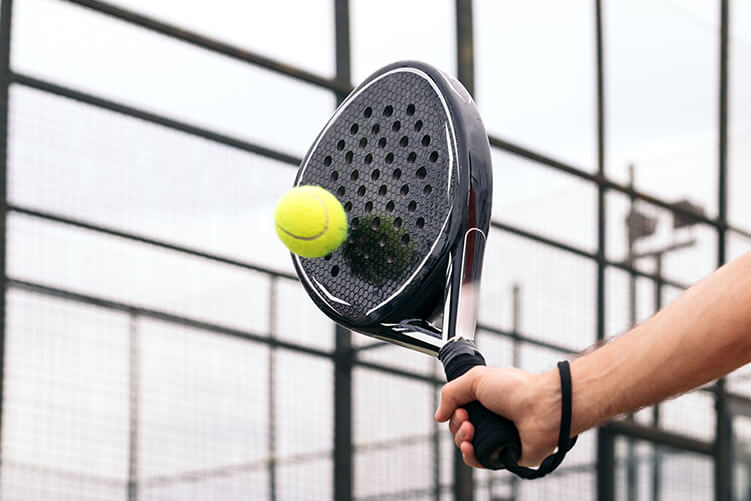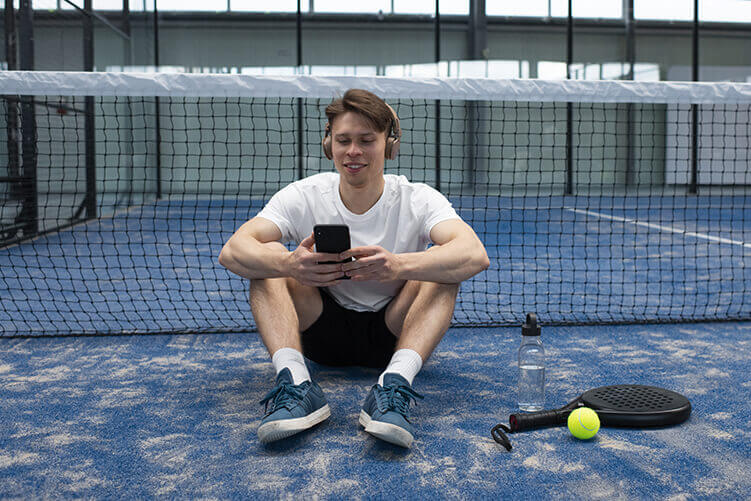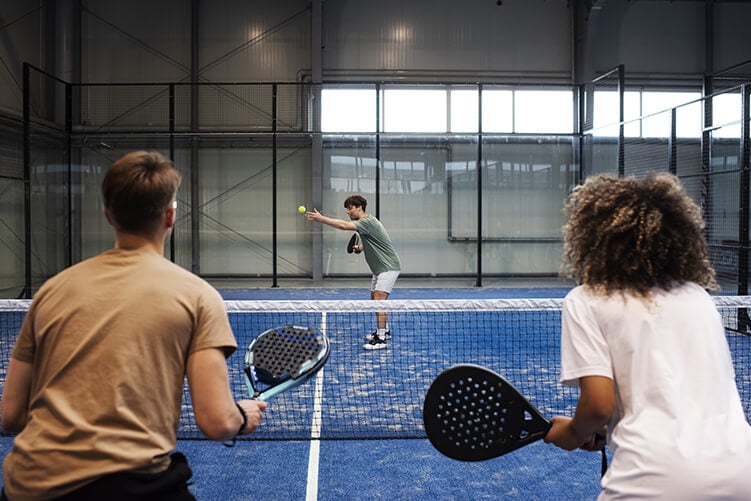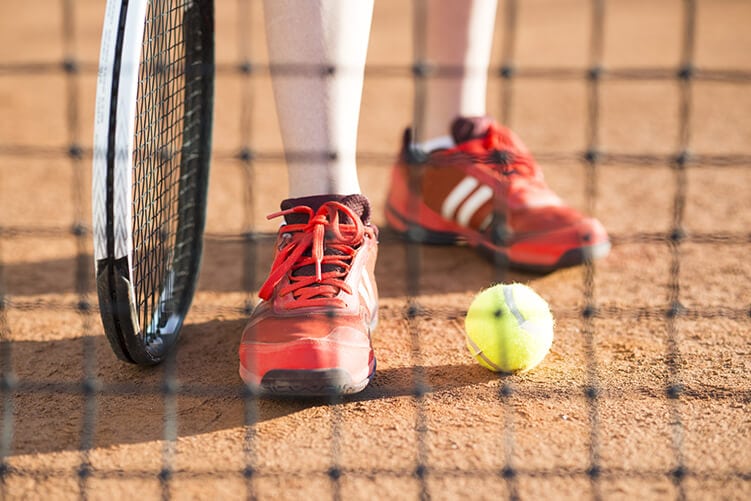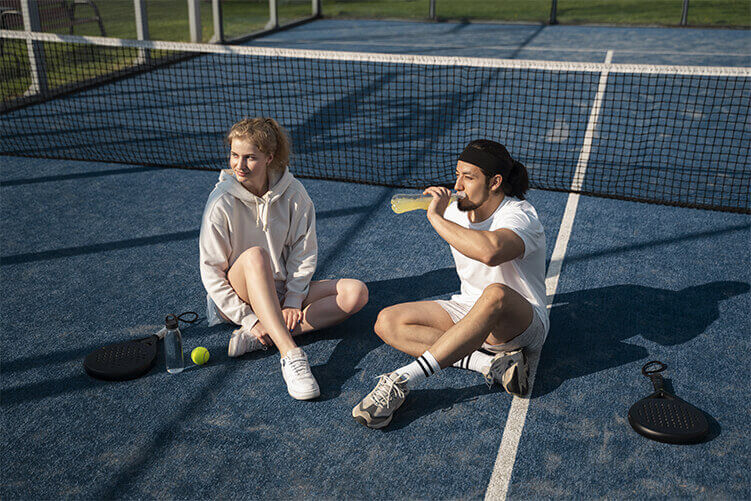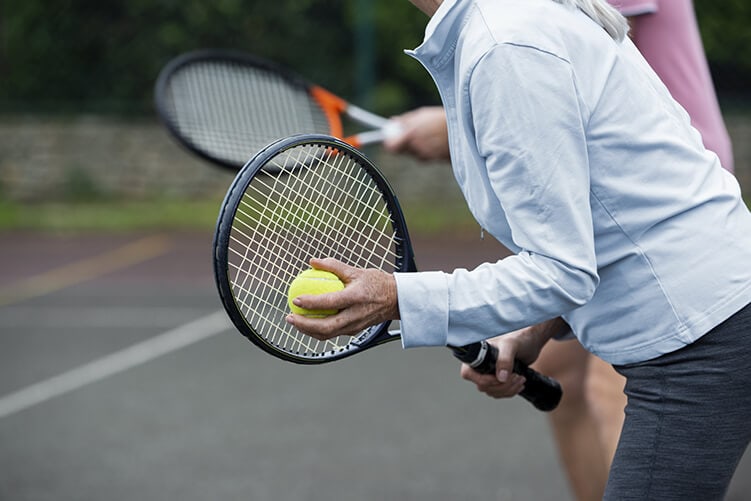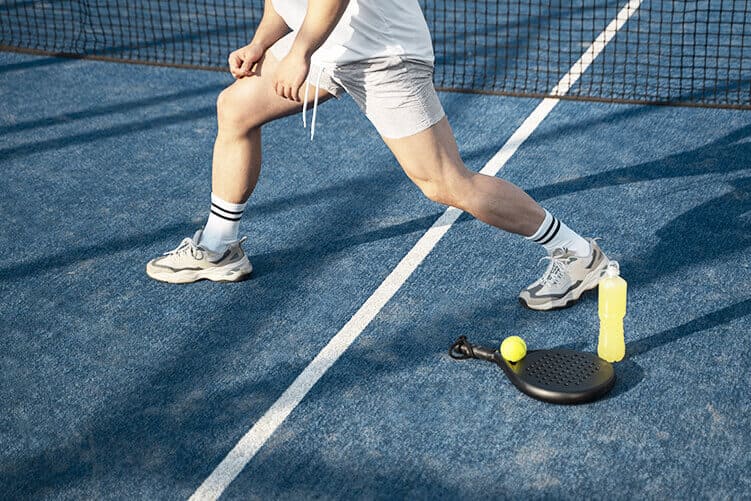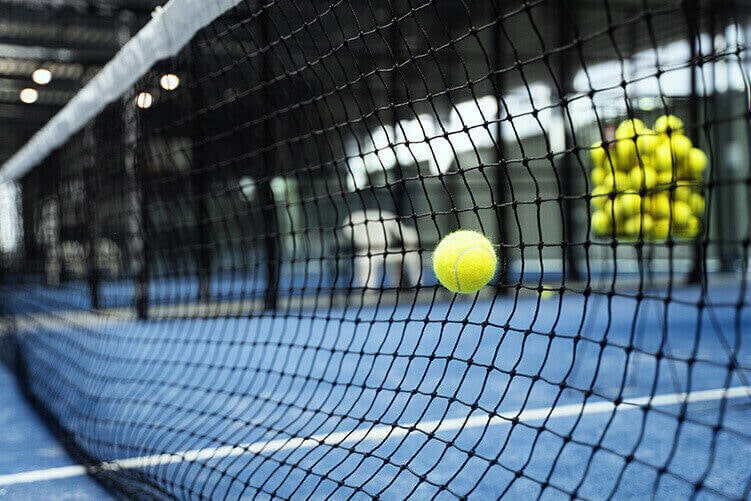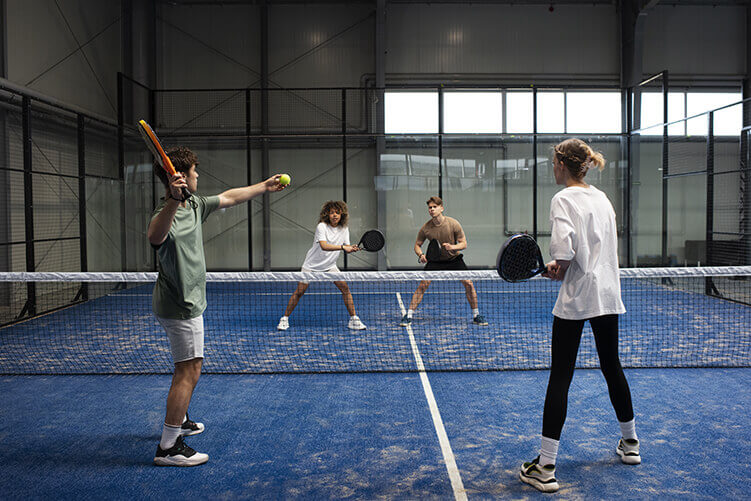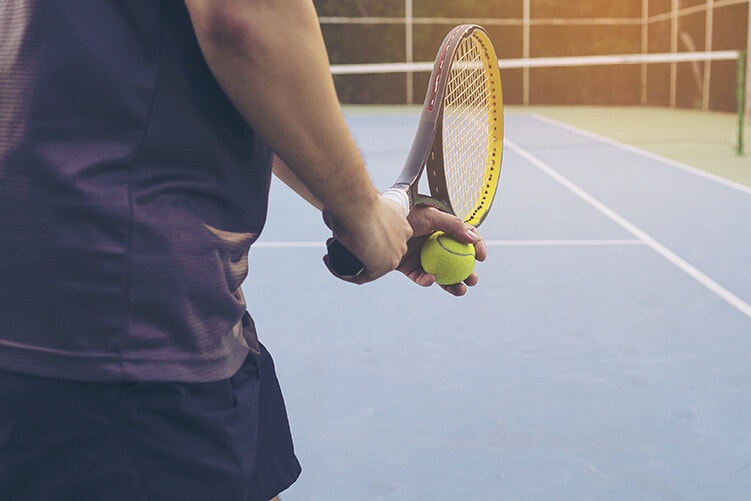Weight is likely one of the factors that can affect your mindset when looking for the ideal padel racket. The right Padel racket can maximize your performance and help you reach the positive results you chase. We have an exclusive collection of Padel rackets in Dubai and we are confident that we will be able to help you find something that will satisfy your requirements.
It is highly recommended to pick a racket to match your skill level. Usually, the Padel racket for beginners would be the light racket which can greatly help you master the Padel game. It adapts to your playing abilities and helps you easily adapt to the court.
If you are more experienced it is much easier to experiment or use the heavy padel racket. The extra power it generates adds another element to your game and can surprise your opponent.
Your own weight and physical fitness can also determine the ideal Padel racket. A muscular player might find it easier to handle the heavy rackets. If you are working on your fitness levels you might find more comfort in handling the light racket.
What is the difference between a heavy and light Padel racket?
The distinctive feature between the two padel rackets is that they either help or slow down your movements in the court depending on your playing style. Light Padel rackets will not restrict you from moving quickly in all directions. However, the heavy rackets diminish your speed during the game due to their added weight.
The weight increment and increased power capability are the second feature. They both can be your friend or foe in a game and lead you to your preferred outcome, but remember that the wrong racket for your Padel game can cause an injury.
Another important aspect is the weight distribution on either heavy or light Padel rackets. There are three groups that you should consider before buying.
Headheavy Padel rackets
The weight in such rackets is located on the top side. The advantage of these Padel rackets is the extra weight which gives them more power.
Neutral-balanced Padel rackets
The weight in these Padel rackets is evenly distributed. They are best suited for beginners because they are easy to control.
Headlight-balanced Padel rackets
These Padel rackets have more weight on the lower side. They do not have more hitting power than rackets with a heavier balance. Their main trait is they give you a more measured approach to your game. If you use them, they slow down the ball speed, which allows you to execute your game plan.
The weight recommendations when choosing your ideal Padel racket
If you are looking for a Padel racket in Dubai use the following guidelines to find your ideal racket.
Men
Weight Class (kg) Recommended Padel racket weight (grams)
50-70 360-365
70-80 365-375
Over 80 380-390
Women
Weight Class (kg) Recommended Padel racket weight (grams)
40-60 340-355
60-70 360-365
Over 70 370-375
Customizing your Padel racket increases its weight. It can be done by adding overgrips to make it easier to handle. Such features should be made in a way that never compromises your comfort on the court.
Fitting your Padel racket with a frame protector makes it heavier. The added accessories must be considered when calculating the weight to ensure it does not affect your mobility on the court.
Choosing your ideal Padel rackets in Dubai will ensure you enjoy the sport you love. The light rackets are easier to use during a match or practice, while the heavy rackets require you to exert more energy. Try different Padel rackets until you find one suited to your game or needs. The recommended weight categories are a good starting point but it’s clear they both have their advantages and disadvantages.
For more details, visit our website or book your padel court NOW with Just Padel!

